18 Office Rules From the ’60s That Are Unthinkable Nowadays
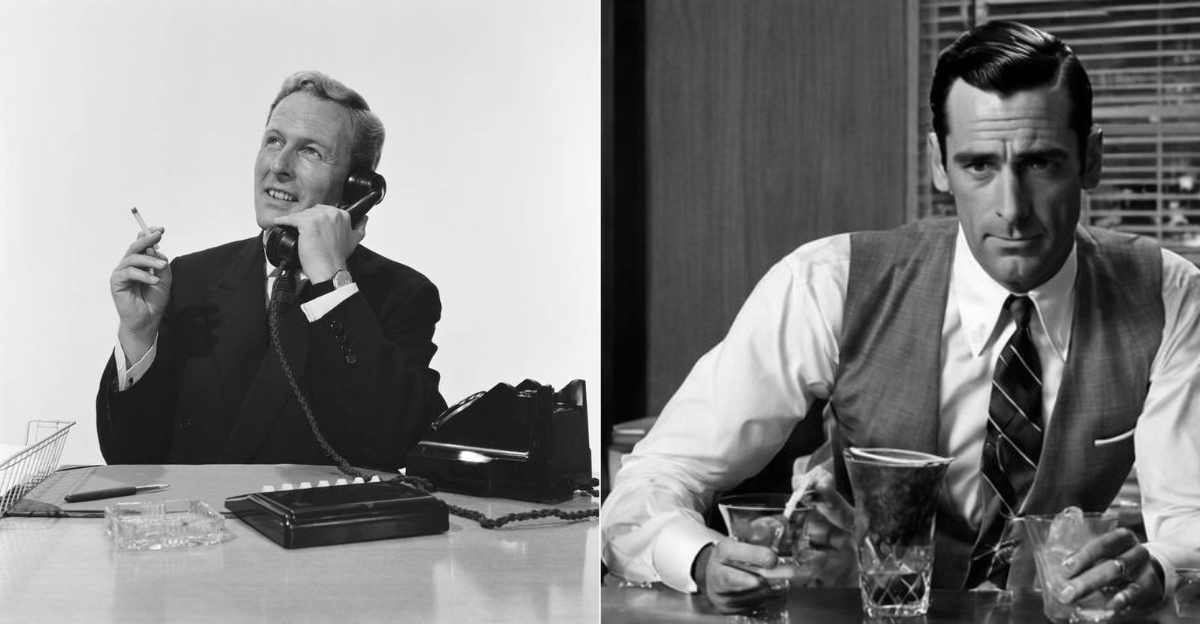
The workplace culture back in the 1960s would shock most modern employees with its rigid hierarchies, gender discrimination, and bizarre expectations.
The rules that governed office life during this era reflected societal norms that have dramatically shifted over the decades, making many once-standard practices completely unacceptable today.
1. Women Had to Wear Skirts or Dresses
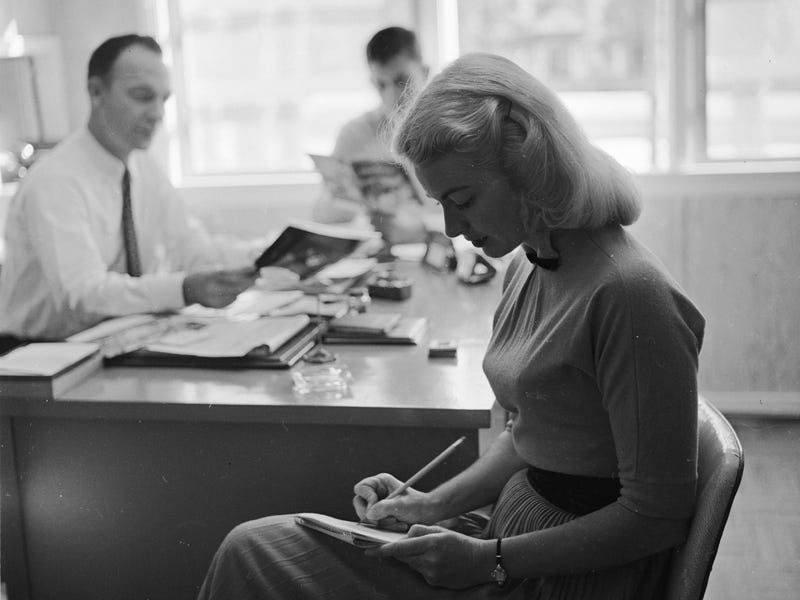
Slacks were forbidden for female employees! Women were required to wear skirts or dresses regardless of weather conditions. Imagine trudging through snow in heels and nylons because pants were considered “unprofessional” for ladies.
Many companies even specified acceptable skirt lengths, typically requiring them to hit below the knee. The dress code wasn’t just a suggestion but a strictly enforced with potential disciplinary action for violations.
2. Mandatory Smoking Breaks

In stark contrast to today’s smoke-free workplaces, many 1960s offices actually scheduled regular smoking breaks. Non-smokers were still expected to join these social gatherings where important business discussions often took place.
Ashtrays adorned every desk and conference table. The haze of cigarette smoke was so thick in some offices that visibility could be compromised by day’s end. Refusing to participate might brand you as unsociable or not a team player.
3. Secretaries Expected to Make Coffee
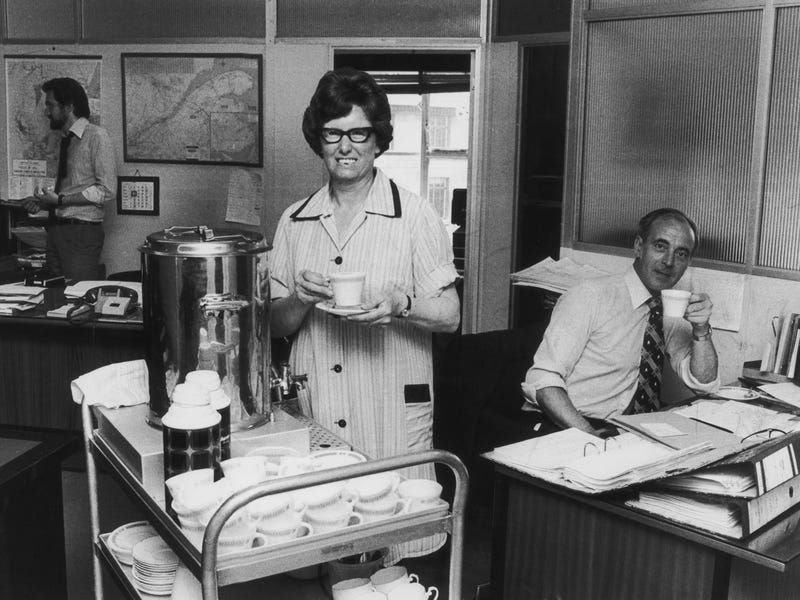
Brewing the perfect pot was practically in the job description! Female secretaries were routinely expected to make and serve coffee to male executives as part of their duties, regardless of their actual job responsibilities.
Refusing this task could result in reprimands or even termination. The quality of a secretary’s coffee-making skills was sometimes even mentioned in performance reviews.
4. Drinking at Lunch Was Encouraged

Martini meetings were standard practice! Three-martini lunches weren’t just allowed—they were practically mandatory for businessmen. Executives routinely returned to work tipsy after extended boozy lunches that could last hours.
Expense accounts covered these liquid lunches as legitimate business expenses. Abstaining from alcohol during these meetings could mark you as unsociable or lacking business acumen.
5. Pregnancy Meant Automatic Termination

Baby on board? Clean out your desk! Before the Pregnancy Discrimination Act of 1978, women were routinely fired once their pregnancies became visible. Companies didn’t hide this practice—it was explicitly stated in employment contracts.
The justification? Pregnant women were considered “unsightly” in professional settings and supposedly unable to perform their duties. Some employers even conducted regular “weight checks” on female employees to detect early pregnancies.
Many women went to extreme lengths to conceal their conditions to keep their jobs.
6. Men Required to Wear Hats to Work
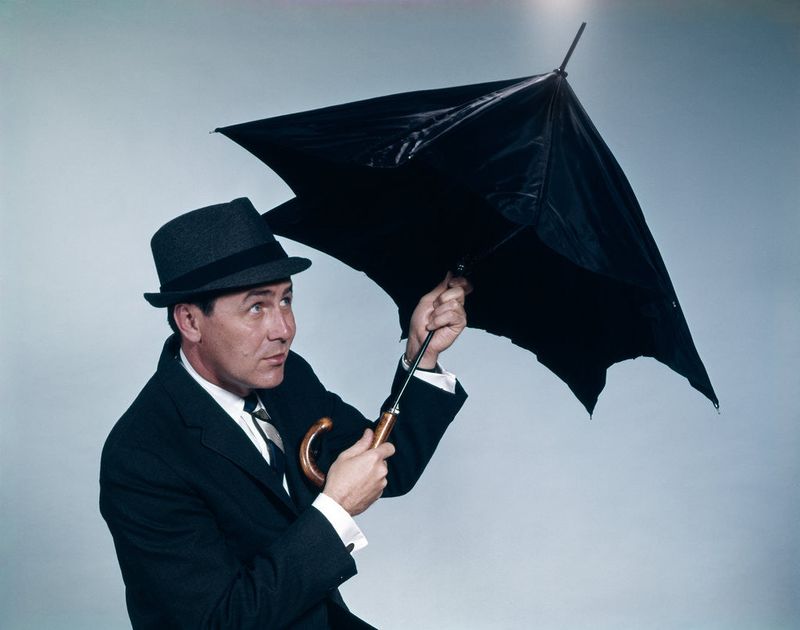
Hatless? Might as well be pantless! Professional men were expected to wear hats to work and follow strict hat etiquette. This included removing them indoors but keeping them visible on hat racks or office hooks.
The type of hat often indicated your status in the company hierarchy. Executives wore higher-quality hats than their subordinates. Going hatless wasn’t just unfashionable—it could genuinely impact your professional reputation and advancement opportunities.
7. Job Listings Separated by Gender
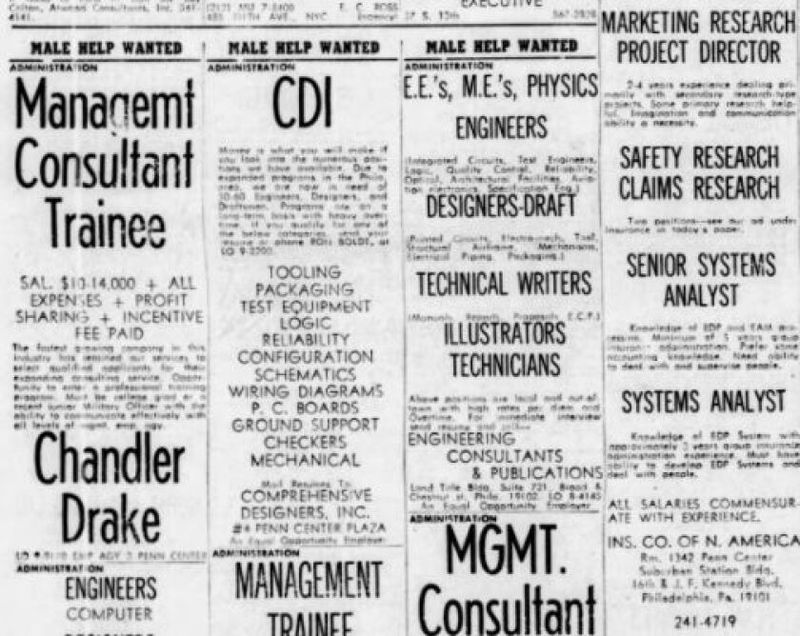
Help wanted—men in section A, women in section B! Newspaper job listings were explicitly divided by gender, with the higher-paying professional positions listed under “Jobs for Men” and clerical, nursing, or teaching roles under “Jobs for Women.”
Companies openly specified gender preferences in their ads without legal repercussions. “Attractive young ladies” were sought for receptionist positions, while management roles required “family men with leadership qualities.”
8. Mandatory Girdles for Female Staff
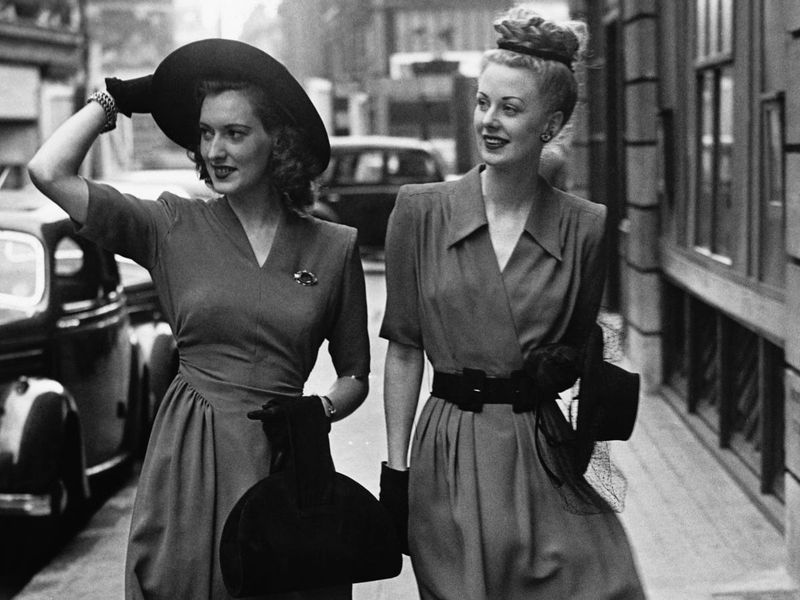
Suck it in, ladies! Some companies required female employees to wear foundation garments like girdles and proper undergarments. Supervisors might actually check for appropriate undergarments with a quick tap on the hip or back.
These uncomfortable compression garments were considered essential for a “professional silhouette.” Company handbooks detailed appropriate foundation garments for different body types.
The discomfort of wearing these restrictive items all day in non-air-conditioned offices was simply considered part of being a professional woman.
9. Marriage Bonuses for Men, Penalties for Women
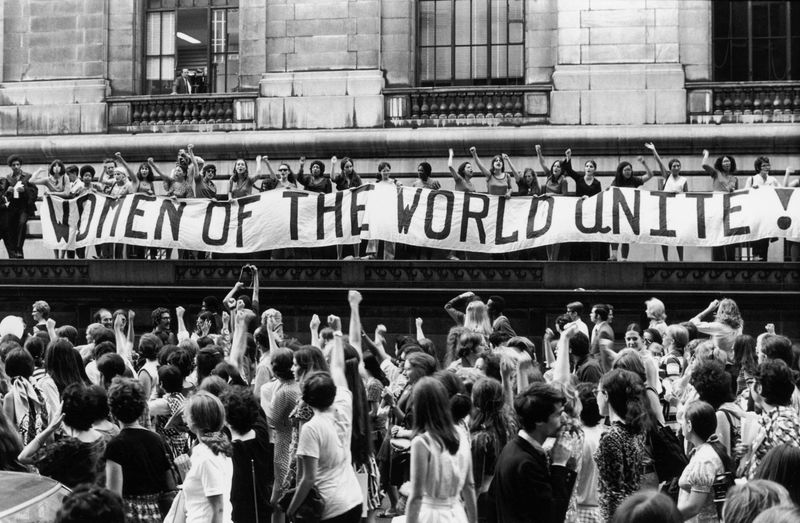
Wedding bells meant different things across genders! When men got married, they often received automatic raises or promotions because they were now “responsible providers.” The opposite happened to women: marriage could trigger demotion or termination.
The logic? Married women were expected to focus on homemaking, not careers. Some companies had policies of not hiring married women at all. Banking and airline industries were notorious for these practices!
10. Typing Tests Only for Female Applicants
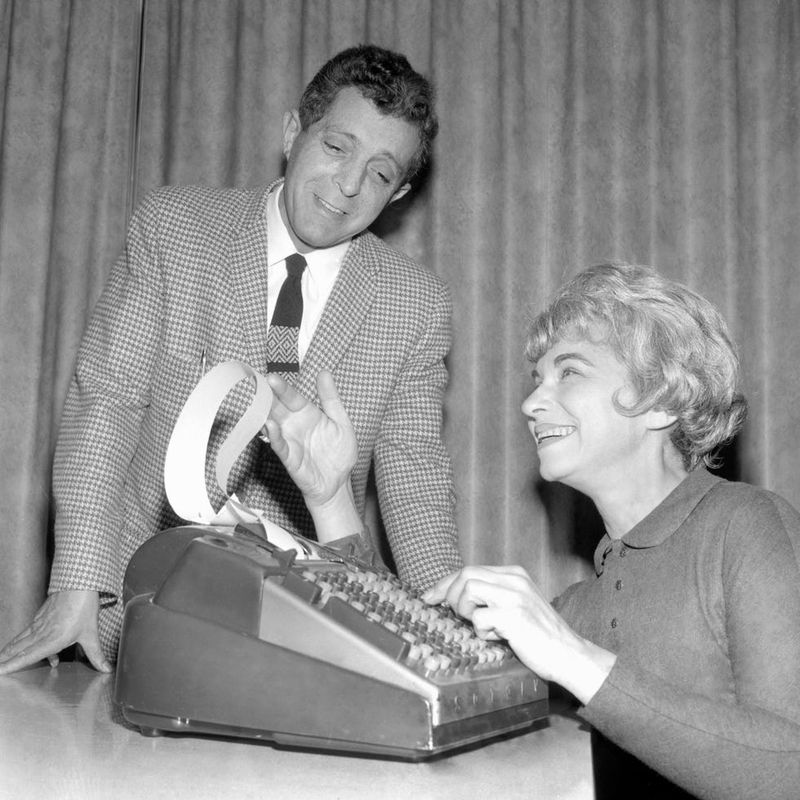
Speed and accuracy tests weren’t equal opportunity! Female job applicants faced mandatory typing and shorthand tests regardless of the position they applied for, even for roles that required no typing whatsoever.
Men applying for similar positions were evaluated on different criteria entirely. Women were often hired based primarily on typing speed rather than education or experience.
Some companies proudly advertised their secretarial pools with typing speed averages.
11. Office Boys Fetching Lunch for Executives

Companies employed young boys (typically 14-17 years old) whose job was running errands for executives, including fetching lunch, delivering messages, and buying cigarettes.
These youngsters worked full-time with minimal education requirements. They were expected to memorize everyone’s lunch preferences and cigarette brands. Office boys were often subjected to hazing rituals and practical jokes.
Despite the menial nature of the work, it was considered an entry path to business careers for boys from working-class families.
12. Height and Weight Requirements for Receptionists
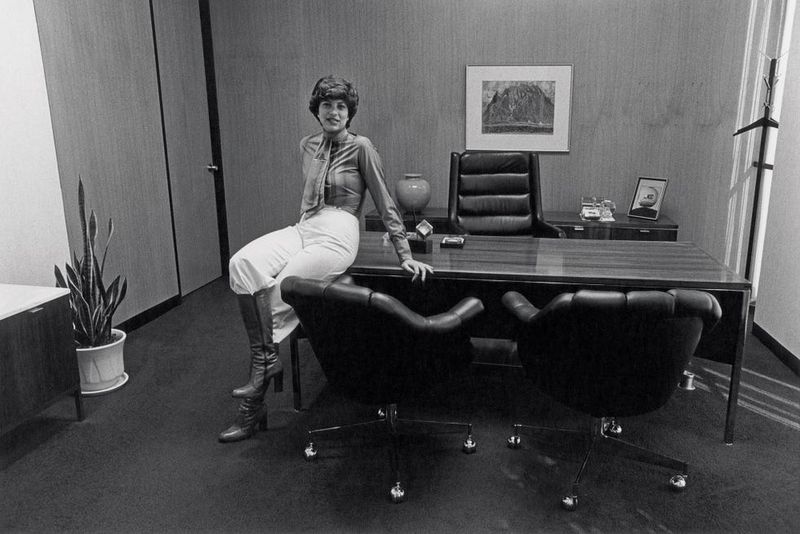
Physical specifications for front desk staff were brazenly outlined in job postings! Companies openly advertised for receptionists with specific height requirements (typically 5’4″ to 5’8″) and weight limits (usually under 130 pounds).
Some firms even conducted weigh-ins during interviews or required applicants to submit full-body photographs with applications. Regular “appearance reviews” ensured staff maintained these standards.
13. Explicit Age Caps in Job Listings
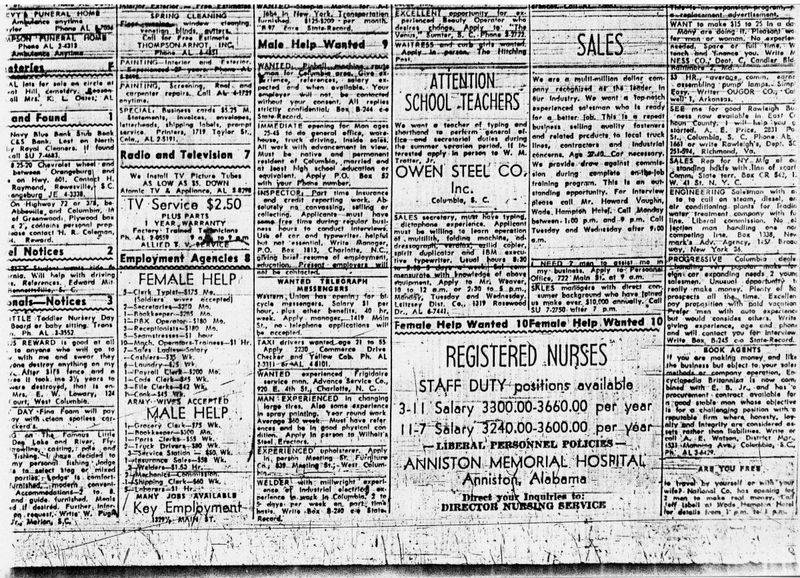
“Nobody over 40 need apply” appeared in actual job advertisements! Age limits for new hires—typically 35 for men and 30 for women—were explicitly stated in job listings without any legal concerns.
Companies openly rejected qualified candidates for being “too old.” Birth certificates or driver’s licenses were required with applications to verify age. Women faced even stricter age discrimination, especially in customer-facing roles.
14. Dictation in the Boss’s Lap

Secretaries were sometimes expected to sit on their boss’s lap while taking dictation! This inappropriate practice was presented as space-saving or efficiency-enhancing, but the sexual harassment implications are obvious by today’s standards.
Women who objected risked being labeled “difficult” or “prudish.” Office layouts often positioned secretaries’ desks directly facing their bosses with no privacy. Some executives required their secretaries to work late alone with them regularly.
15. Mandatory After-Hours Socializing

Your evening plans? They belonged to the company! Employees were frequently required to attend after-work social functions, cocktail parties, and weekend events. Declining these “optional” gatherings could directly impact promotion opportunities.
Wives were expected to accompany male employees and socialize with the boss’s wife. Single women often faced unwanted advances at these events. Attendance was sometimes tracked on evaluation forms. Believe it or not!
16. Separate Cafeterias by Job Level
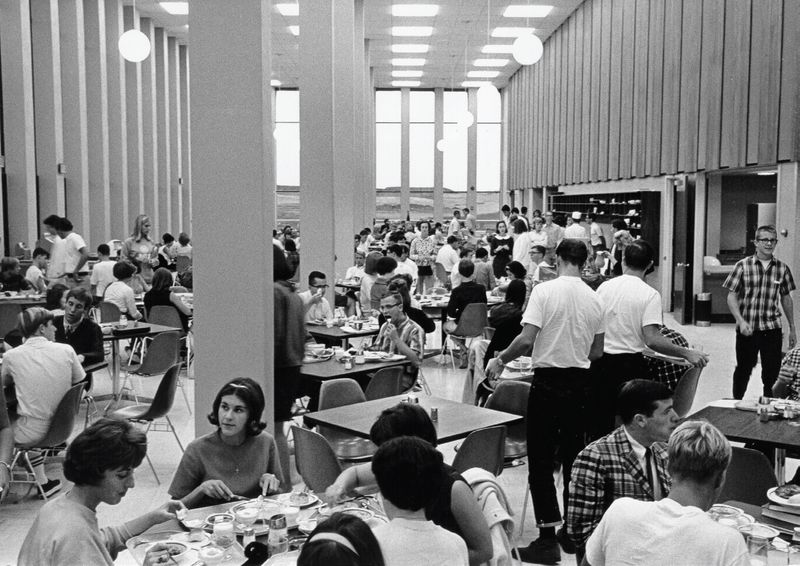
Lunch segregation was corporate policy! Many companies maintained separate dining facilities based on employment level. Executives ate in private dining rooms with tablecloths and waitstaff, while clerical workers used basic cafeterias.
Factory workers often had only vending machines or were expected to bring lunches. These distinctions were officially codified in company handbooks. Eating in a cafeteria above your rank could result in disciplinary action!
17. Doctors’ Notes Required for Menstrual Pain
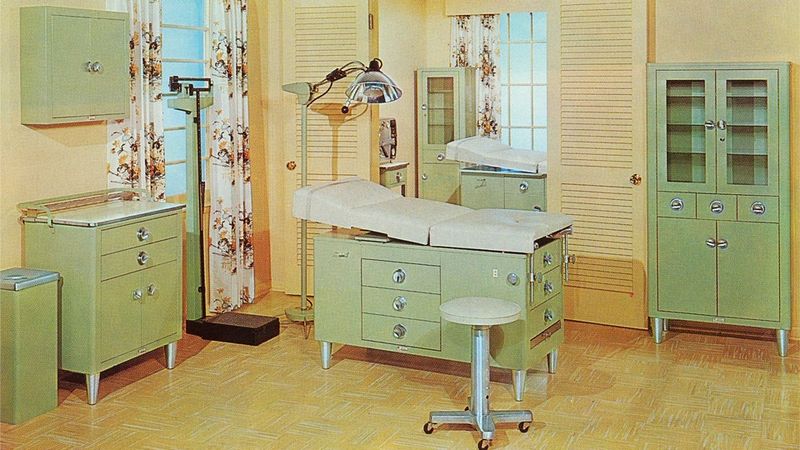
Monthly discomfort? Prove it medically! Women experiencing menstrual pain needed doctors’ notes to take sick time, and many physicians refused to provide such documentation, considering it unnecessary.
Some companies tracked female employees’ cycles on office calendars. Taking time off for “female problems” could affect promotion prospects or result in lower performance evaluations.
18. No Facial Hair Allowed for Men

Clean-shaven faces were mandatory for professional men, with explicit prohibitions against facial hair in employee handbooks. Even neatly trimmed beards could result in warnings or termination.
The clean-shaven rule applied across industries and job levels. IBM was particularly strict about this policy. Religious exemptions were rarely granted, even for groups with traditional facial hair requirements.
This rule began changing only in the late 1960s as counterculture influences slowly permeated corporate America.
